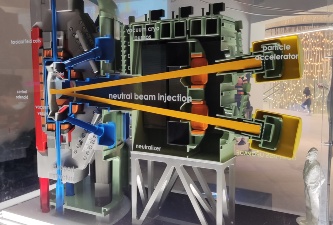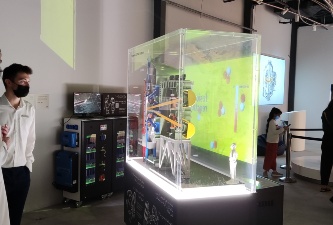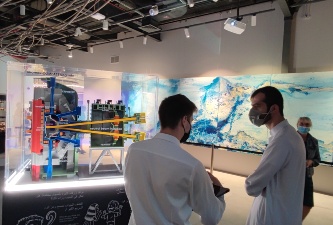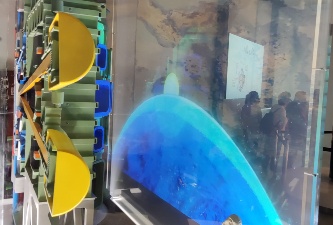Energy is produced in many ways these days. Renewable sources of energy, such as solar or wind power, are coming to the forefront because traditional power plants using fossil fuels produce greenhouse gases and contribute to global warming. Some countries have turned their attention to nuclear power, because it does not produce greenhouse gases. There are two types of nuclear power plants, those based on fission and those based on fusion, known as fusion power plants. Classic fission nuclear power plants have a number of disadvantages. Though the risk of an accident in one is negligible, if an accident does happen, the consequences are devastating and long-lasting. They also produce nuclear waste, for which a safe underground storage facility must be found.
Fusion power
By contrast, fusion power plants do not produce nuclear waste or greenhouse gases, plus they are completely safe. They are even more environmentally friendly than current renewable resources. This is because they do not consume as much natural resources for the power plant construction materials and do not require such large natural space. They will provide high power even when the Sun is not shining and no wind is blowing. The Earth’s supply of fuel for fusion power plants is humungous and, even in spite of increasing energy consumption, will be enough for humanity for hundreds of millions of years. In outer space, fuel for fusion comprises most of the visible matter.
Thus, nuclear fusion can offer humanity the most effective and strongest source of energy. This source can be compared to the Sun, because it works on a similar principle. Fusion power plants enable the low-emission, low-carbon and low-waste production of electric energy with high power, which does not depend on the weather, the time of day or geographical conditions. In order for humanity to use this almost inexhaustible source of energy as soon as possible, it is necessary to resolve some important scientific challenges.
Tokamak
The heart of a fusion power plant is a device called a tokamak, in which plasma is maintained at the high temperature of up to 160 million degrees Celsius. The COMPASS Upgrade tokamak that is currently being built in the Institute of Plasma Physics of the Czech Academy of Sciences is meant for the research of many areas important for future fusion power plants. A strong 5-tesla magnetic field and an electric current of 2,000,000 amperes will be used to keep the plasma at a safe distance from the walls of the tokamak. Thanks to these parameters, COMPASS Upgrade will operate in similar regimes as ITER that is currently under construction and the first fusion power plants.
The uniqueness of COMPASS Upgrade
A unique characteristic of the new tokamak will be the possibility to operate with the wall surrounding the hot plasma heated up to a temperature of up to 500 °C, as will be the case in fusion power plants. This will have a significant effect on the plasma’s behaviour. The tokamak also makes it possible to test liquid metal technologies that could resolve the problem of the degradation of materials under an extreme energy flux.
Interesting stats
COMPASS Upgrade is a medium-sized experimental device, which is characterised by flexibility and relatively low operating expenses. The tokamak will have a diameter of 4.8 m, a height of 6.6 m and a weight of 300 tonnes. Its structure will be resistant to extreme forces of up to 3,500 tonnes acting during experiments on the individual parts of the tokamak. The magnetic coils will be made from copper cooled by helium to a temperature of -200 °C in order to decrease the energy consumption of the magnetic system, and the entire tokamak will be enclosed in a cryostat. The power required by the device during experiments will be up to 200 MW. Such a large amount of energy will be provided by flywheel generators. The power of the plasma heating using neutral-beam injection will reach 4 MW and will later be increased by 4 MW of microwave heating to a total heating power of 8 MW.
Sun on Earth
The Sun gives our planet most of its energy. Thanks to the skill and tireless work of scientists the world over, the next generation will be able to use a safe and powerful source of energy based on thermonuclear fusion, which is also called a “sun on Earth”.













